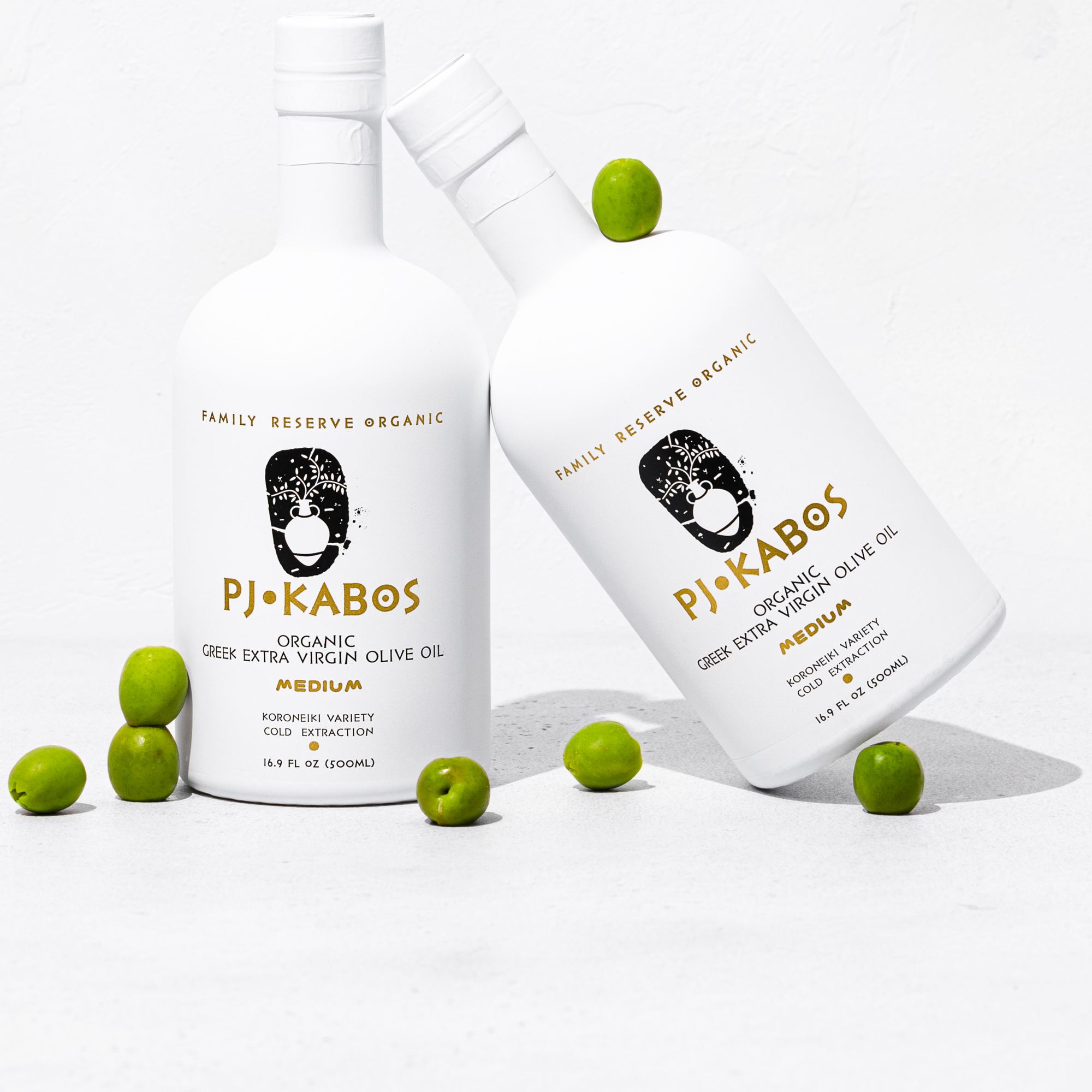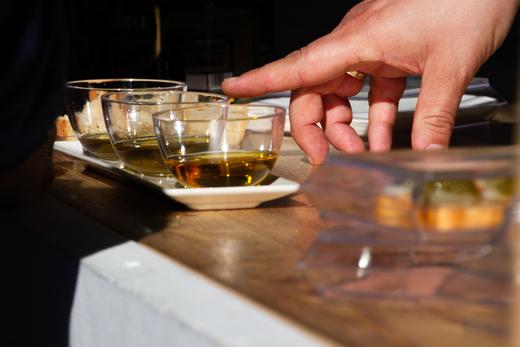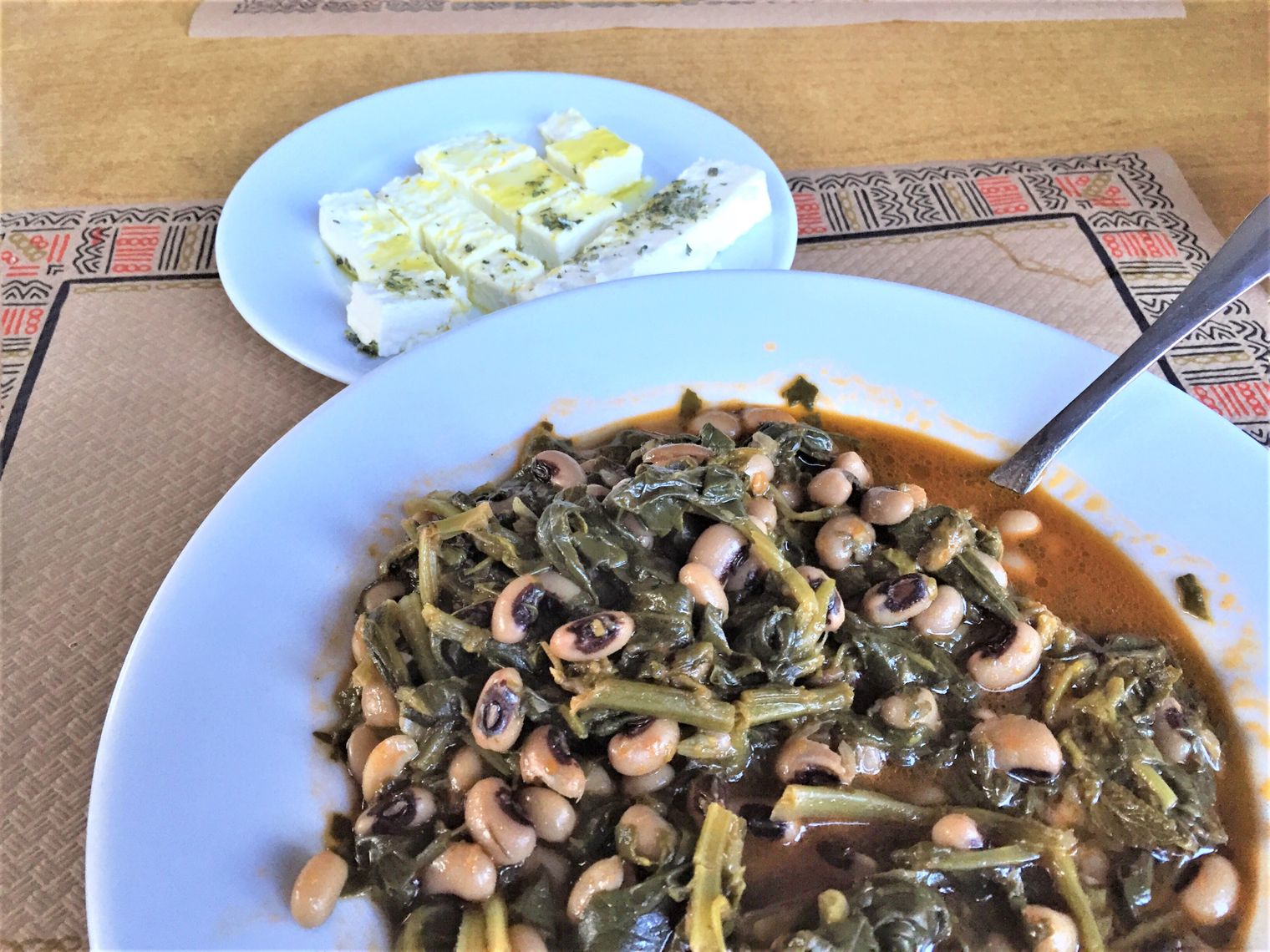There are hundreds of olive varieties in the world, but a few reign supreme. The Picual olive is such an olive. Grown primarily in Spain – and increasingly in other places around the world, like California and Portugal – the Picual produces a whopping 30% of the world’s olive oil. How did this olive reach such an exalted status? We’ll explore the world’s most prolific olive here.
Olives 101
For those of us who aren’t lucky enough to live in the Mediterranean, the olive can seem like something of a mystery. We’re used to seeing them soaking in brine at the grocery store or drizzled atop bread in olive oil form. Of course, they underwent quite the process to get to us.
First of all, here’s a potentially surprising fact: There is no difference in the origin of green olives and black olives. The only difference is the ripeness. When olives are unripe, they are green. When they are fully ripe, they are black.
As green olives have a natural bitterness, they need to be cured before they can be eaten. Olives are cured by oil-curing, brining, dry-curing, and more. Curing is a preservation and flavoring process that adds salt to draw moisture outside of the food.
Keep in mind that the olives that go into oil are not cured. This is where good extra virgin olive oils (EVOO) get their telltale peppery, slightly bitter taste. Olive oils that are very spicy and peppery were harvested early, when they were green. Sweeter olive oils were made from olives harvested later in the season.
What types of olive are used for olive oil?
There are hundreds of different olive varieties (also known as “cultivars”) that are grown around the world. According to Eataly, there are at least 400 known varieties just in Italy. There are more than 262 different cultivars grown in Spain.
The cultivar affects the olive’s shape, color, and flavor. Olive oils are either a blend or monovarietal (also called monocultivar), which means they were made from a single olive cultivar. As with wine, however, it’s not just about the fruit itself. The taste of the olive, and the eventual olive oil, depends upon the cultivation, the harvesting, the milling, the terroir and the way in which it’s grown.
Over time, a few cultivars have risen to the forefront thanks to their wonderful properties for making olive oil. The most popular is the Picual olive, which originally comes from Spain. Here’s what makes the Picual olive so special.
What is a Picual olive?
Picual olives are the most common variety in Spain, the country that produces the greatest supply of the world’s olive oil.
The word “picual” refers to the shape of the olive, which comes to a pointed tip. According to Olive Oils from Spain, there are approximately 900,000 hectares producing Picual olives in Spain, primarily in Jaén, Córdoba, and Granada. The tree has spread to other areas in the country, like Castilla-La Mancha, and other parts of the world, like California, Morocco, and Australia.
Why is the Picual olive so special?
- The size
This medium-to-large olive weighs about 2.1 to 3.7 grams, with the average at about 3.2 grams. It has a high oil content, sometimes reaching 27%, which means producers get more bang for their buck. - The nutrients
As told by Olive Oil from Spain, “The excellence of the oil it produces is due to the fatty acid content and the antioxidants. It usually contains 80% monounsaturated oleic acid, an important factor in the prevention of cardiovascular diseases, and only 4% linoleic acid, which is detrimental in excess.”
According to Dr. William Li, M.D., internal medicine physician and author of Eat to Beat Disease, monovarietal olive oils made from olives like the Picual are a great way to take in more polyphenols.
Polyphenols are believed to have a variety of health benefits. Research shows that they help reduce morbidity and slow the development of neurodegenerative diseases, cardiovascular diseases, and cancer. Some of the polyphenols found in extra virgin olive oil are oleuropein, hydroxytyrosol, and oleocanthal. - The stability
The Picual olive is also popular because it has a high stability, which means it has a high resistance to oxidation. As such, it works well for preserving raw and cooked foods. - The flavor!
It’s not just about function – Picual olives also have wonderful flavor. They are a full-bodied olive, with a fruity flavor, a light peppery taste, and a little bitterness. Some say the olive has a green flavor of tomato leaf, green herbs, and cut grass.
Food Pairings with Picual Olive Oils
The Picual olive has a lot of personality, which means it can hold up to bold flavors or be used in more subtle recipes to highlight the qualities of the oil. Highlight the Picual olive with one of the following recipes.
- With its flavor of tomato leaf, it’s a natural pairing with tomato dishes. Dress a caprese salad or drizzle on top of a homemade tomato soup.
- Flavor your fresh salads, either on its own or mixed into a citrus vinaigrette.
- Add as an elegant finishing oil over grilled meats.
- Drizzle over french fries or roasted potatoes.
- A dipping oil with crusty bread. Add some high-quality balsamic vinegar or serve it on its own with a little sprinkle of salt.
Product placement
PJ KABOS 'Family Reserve Organic - Medium'
High Phenolic and 2022 Gold-Award Winner.
Declared as 'One of the World's Best Olive Oils'.
Click here to shop.




